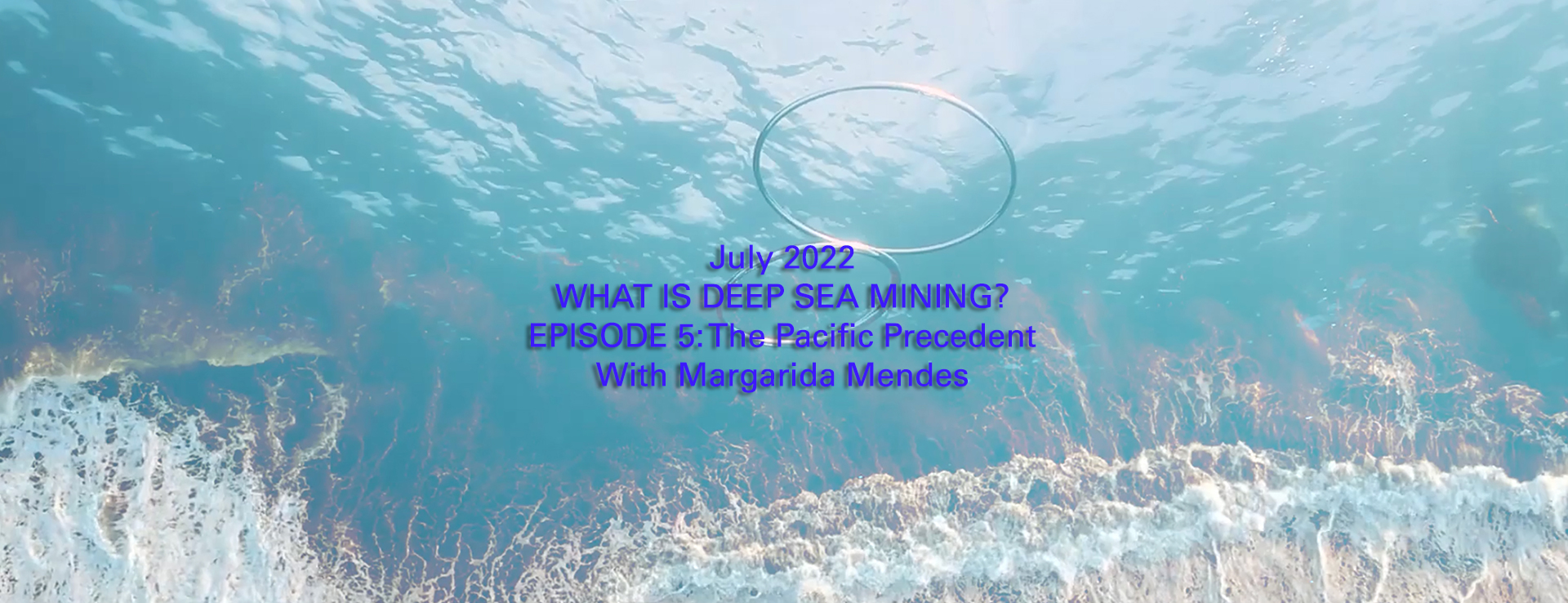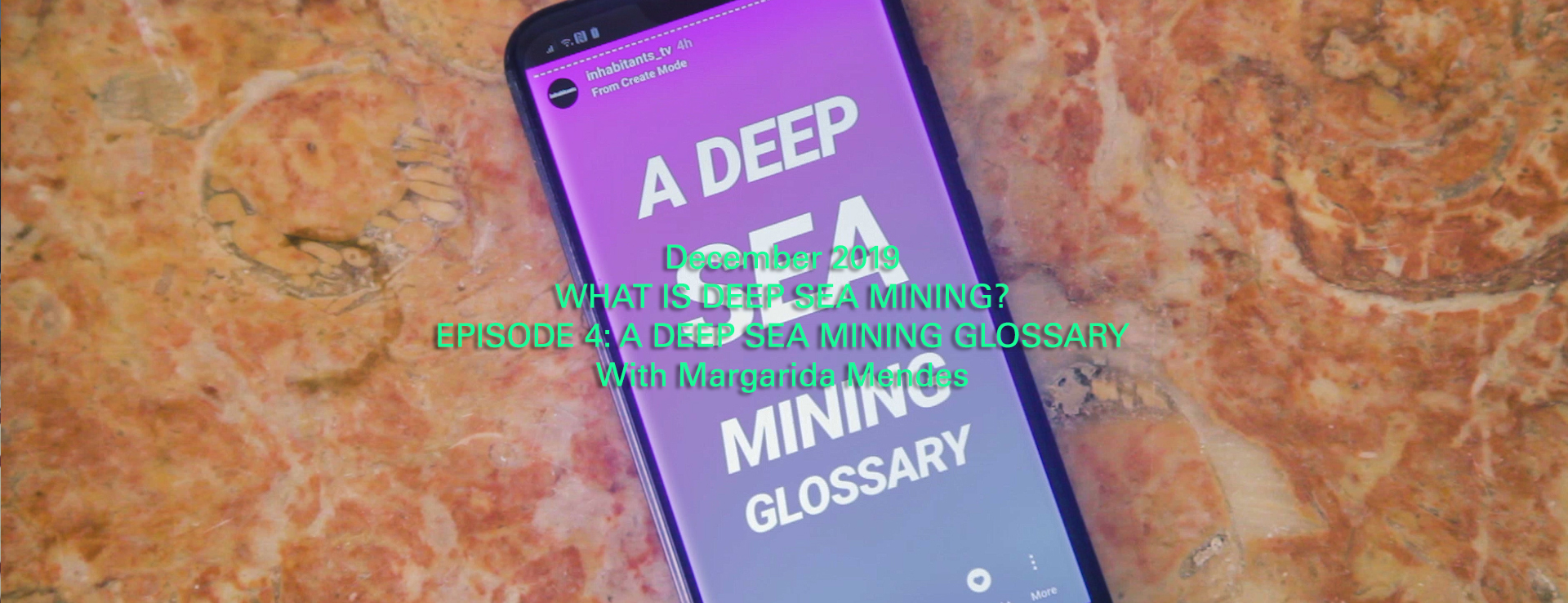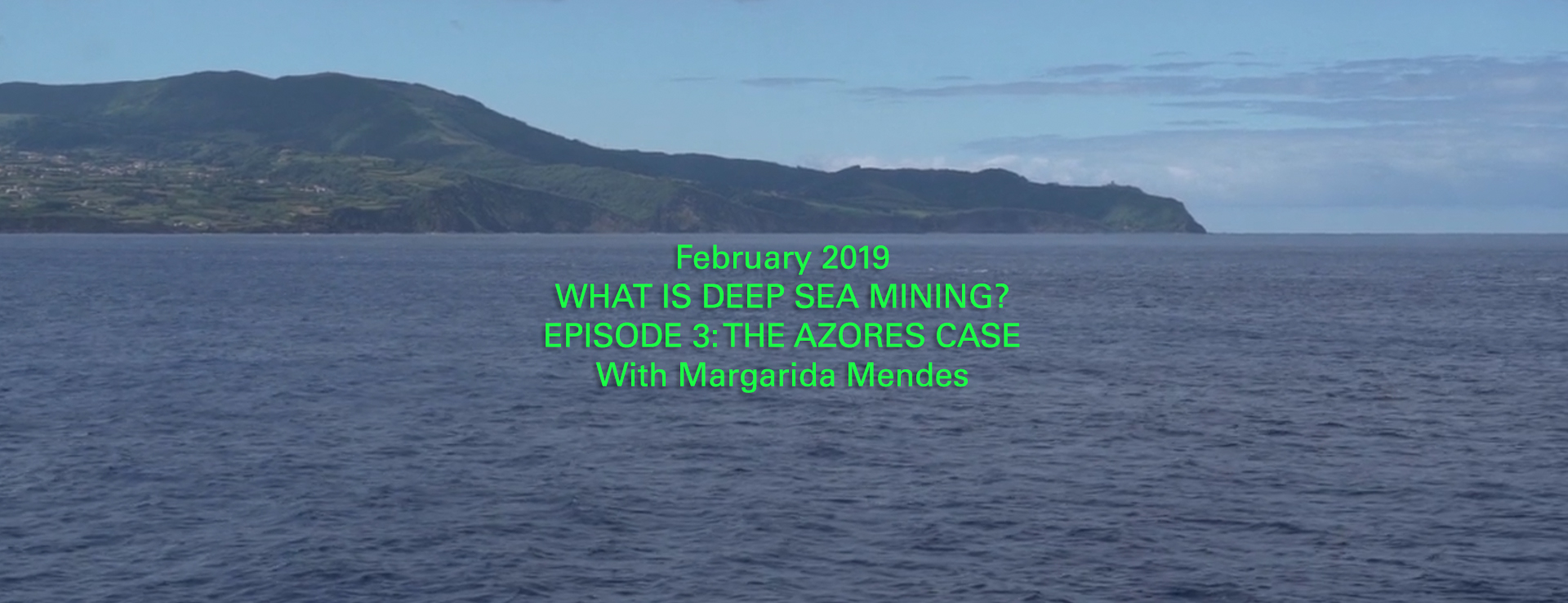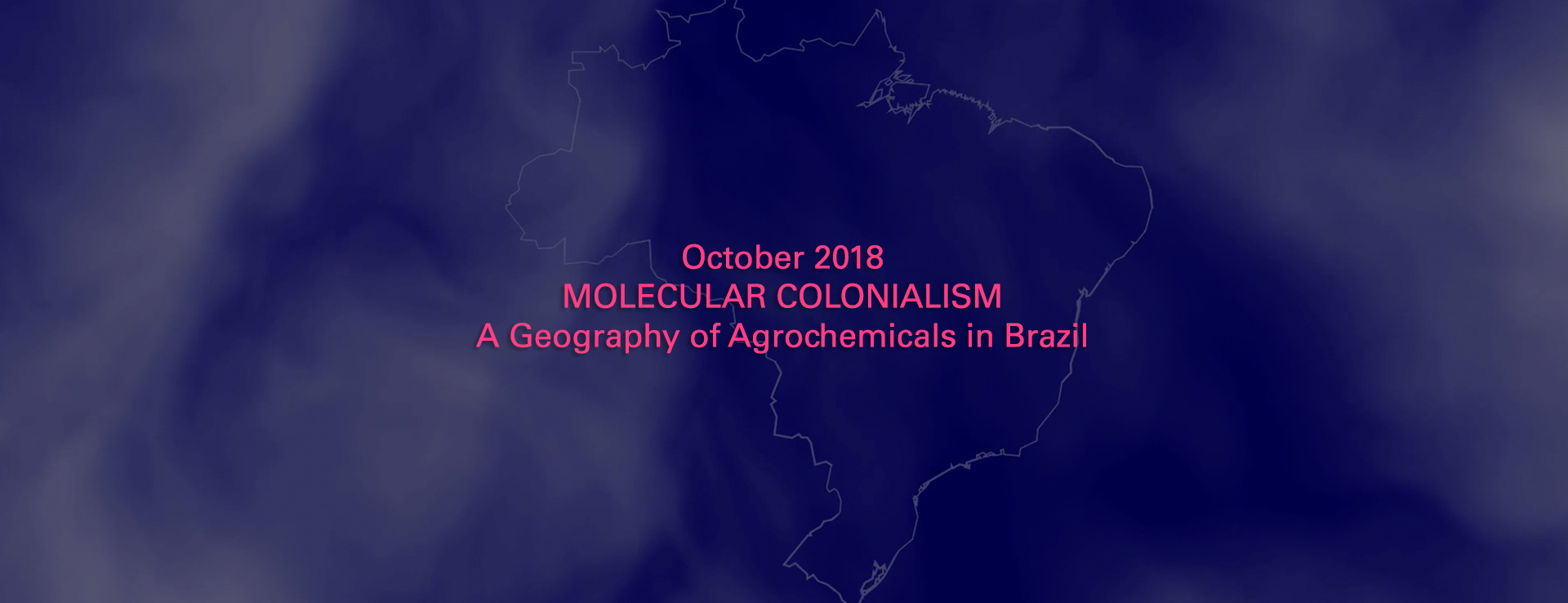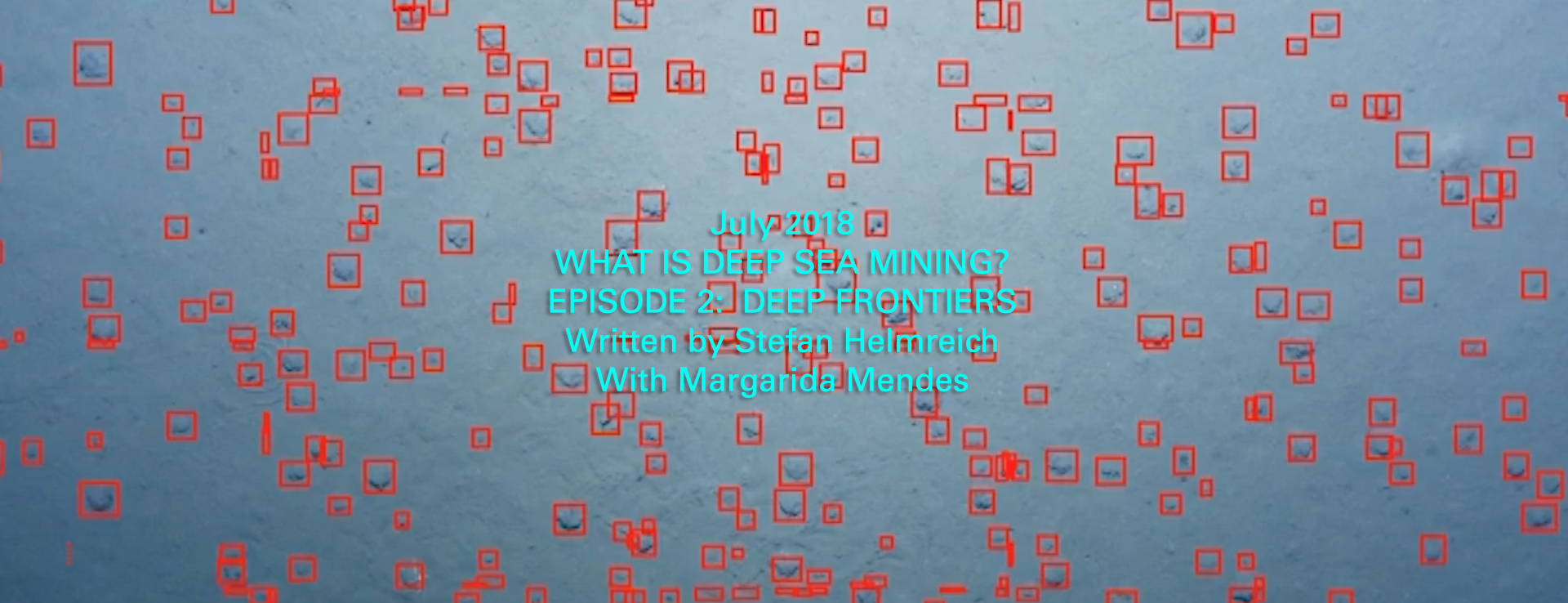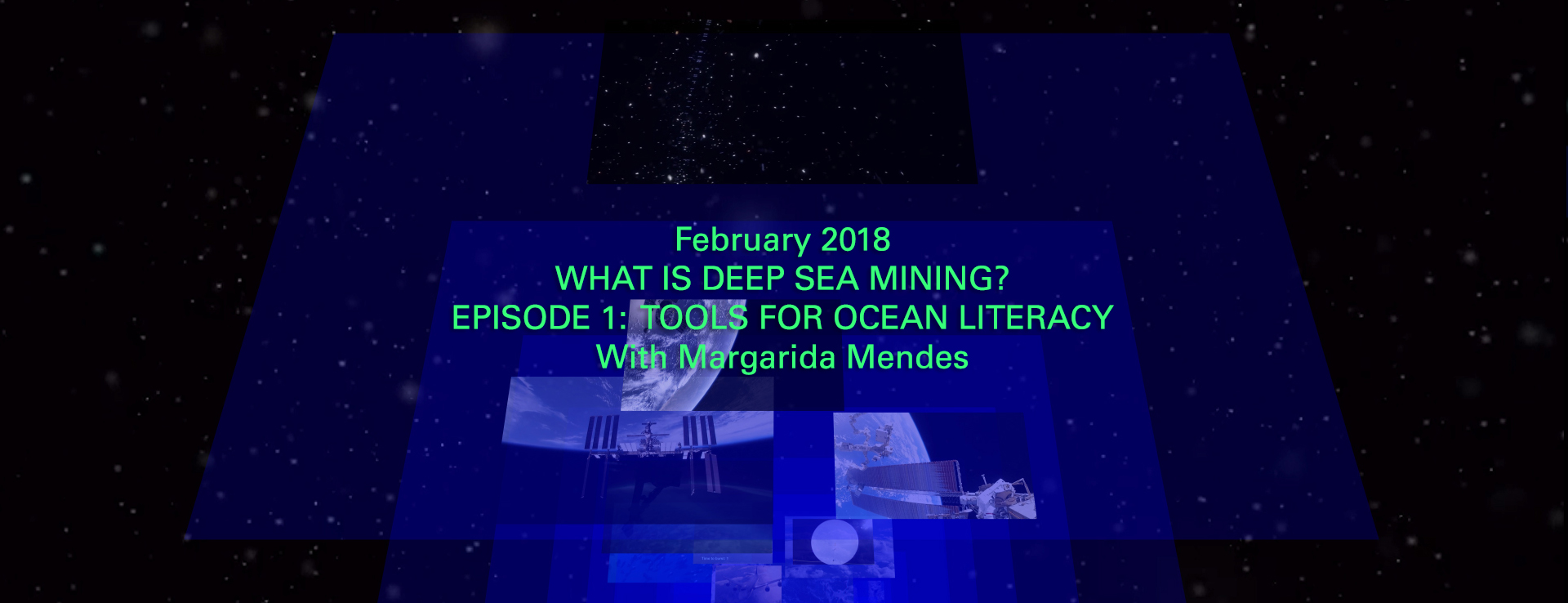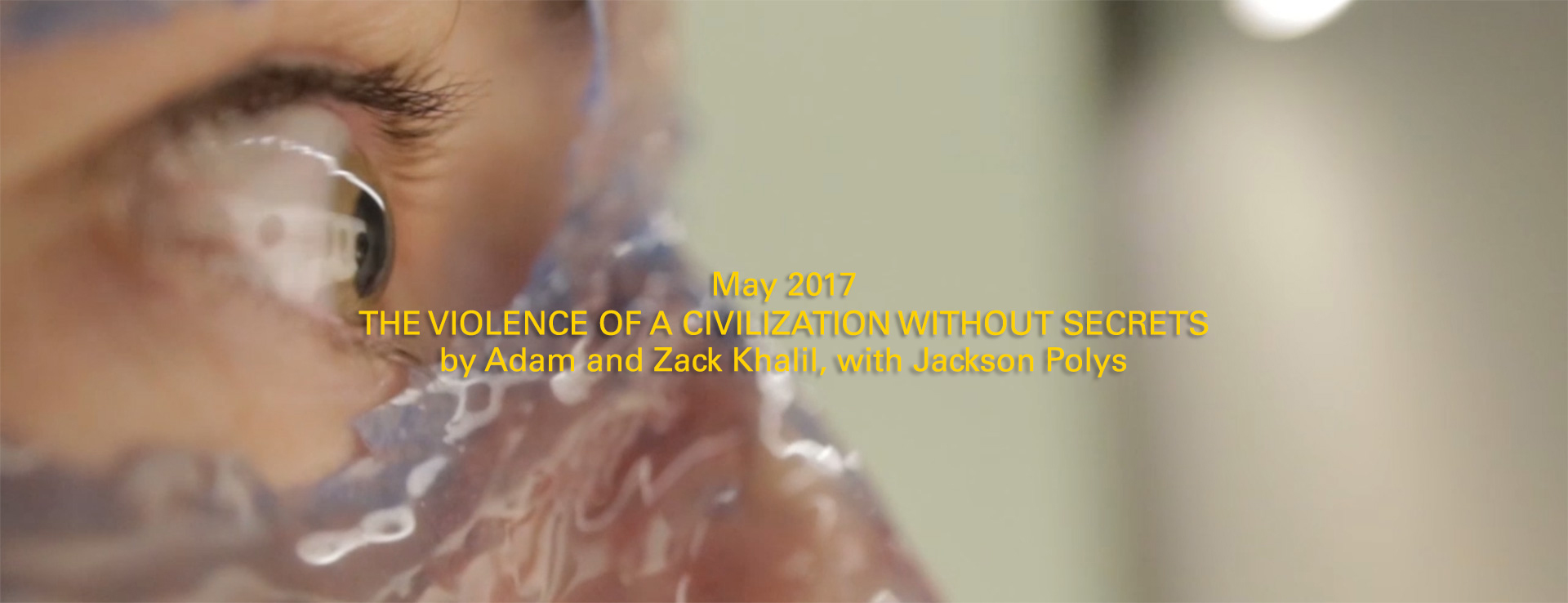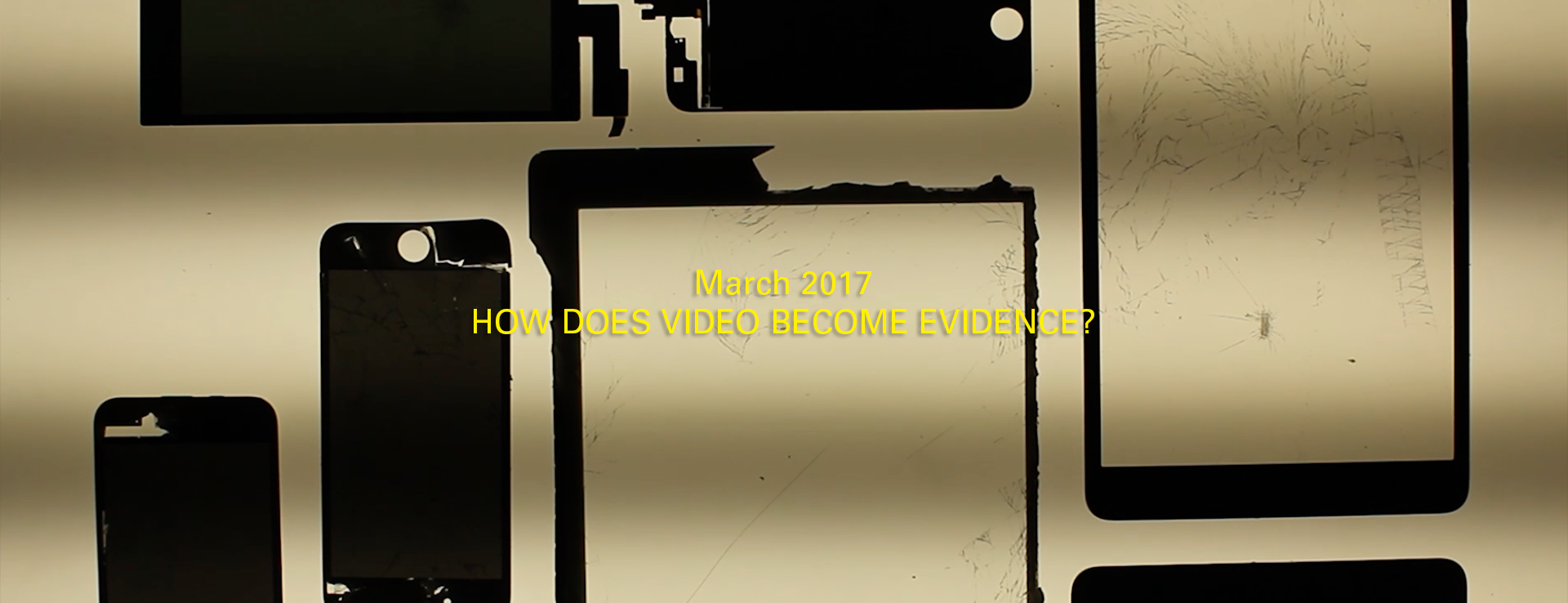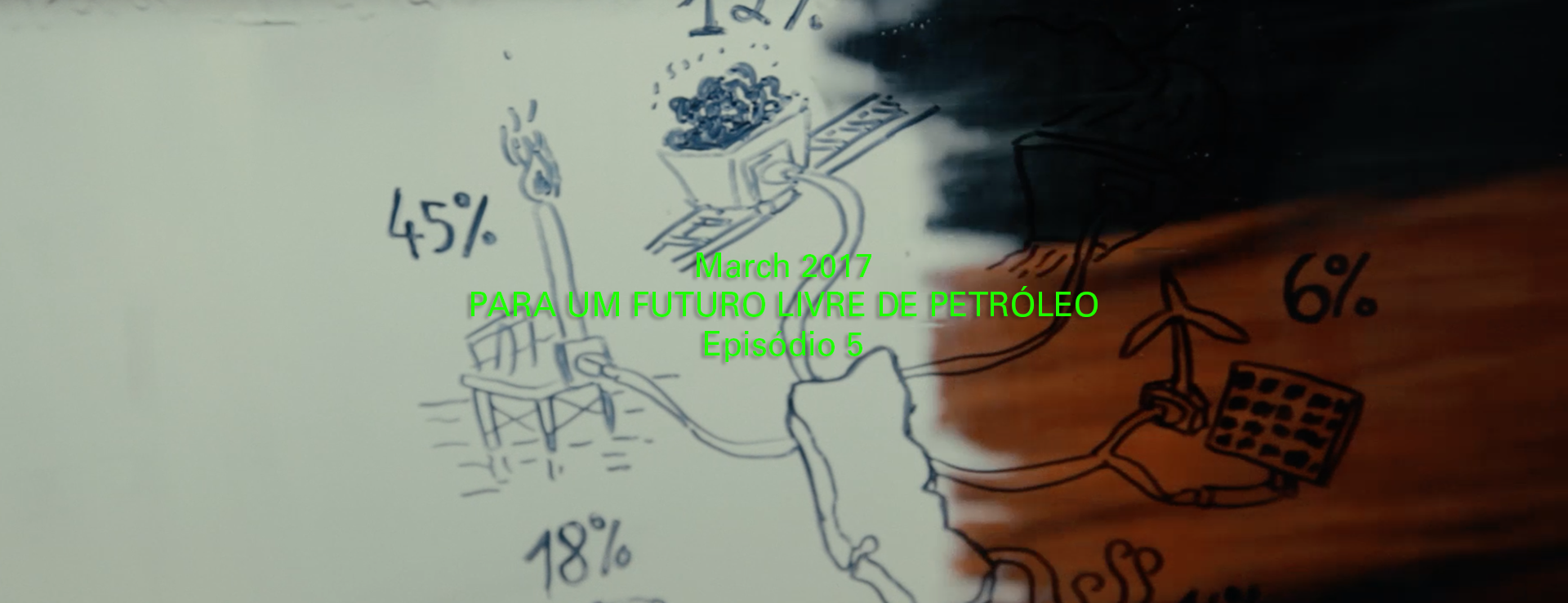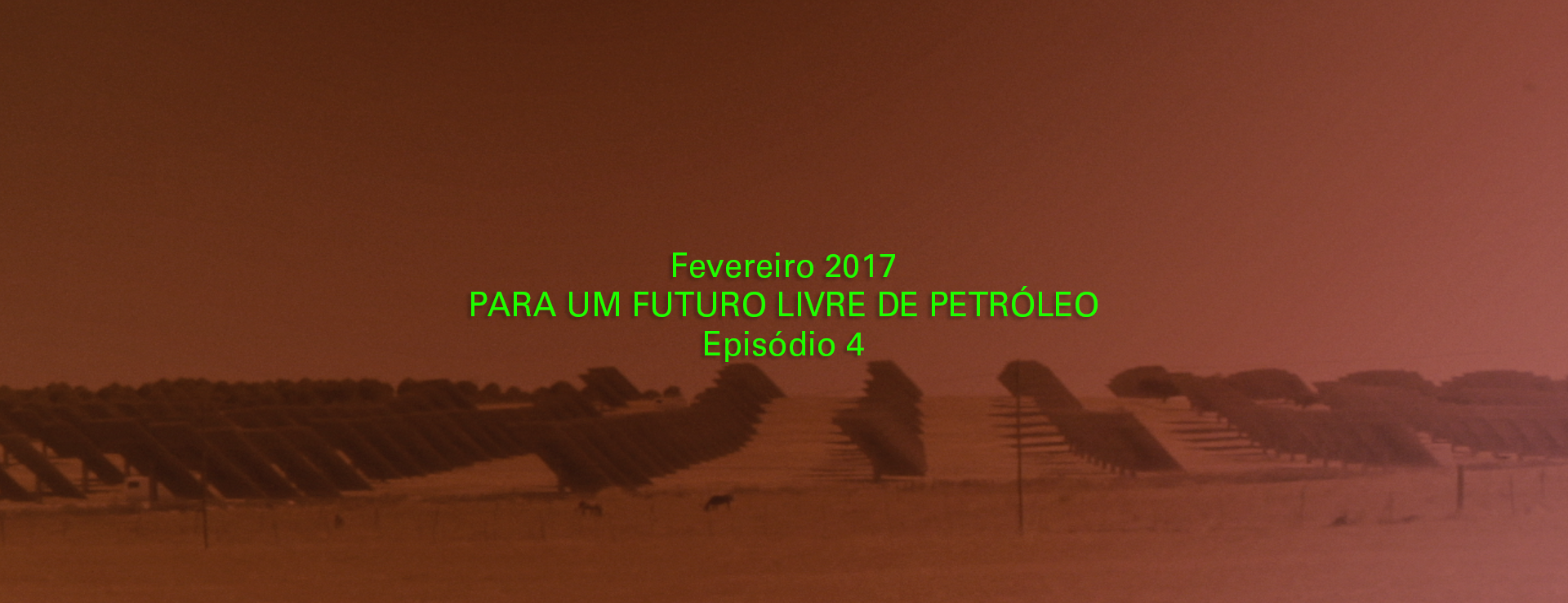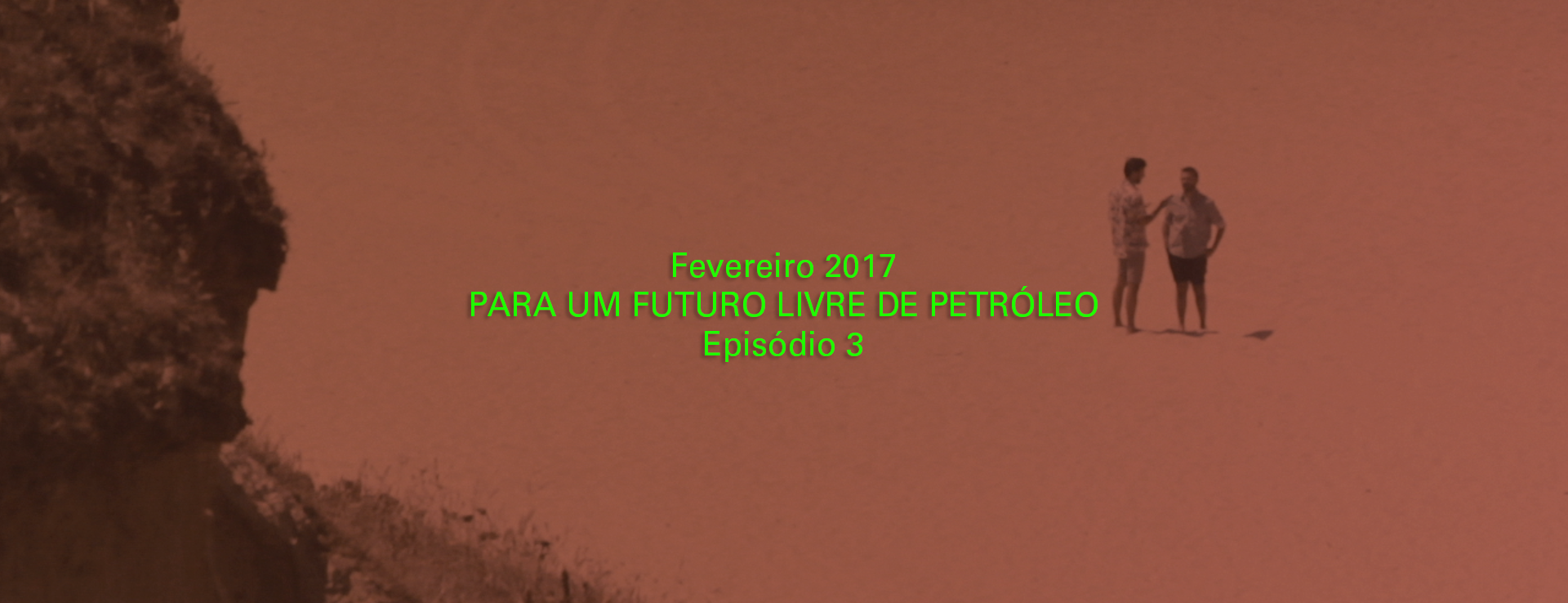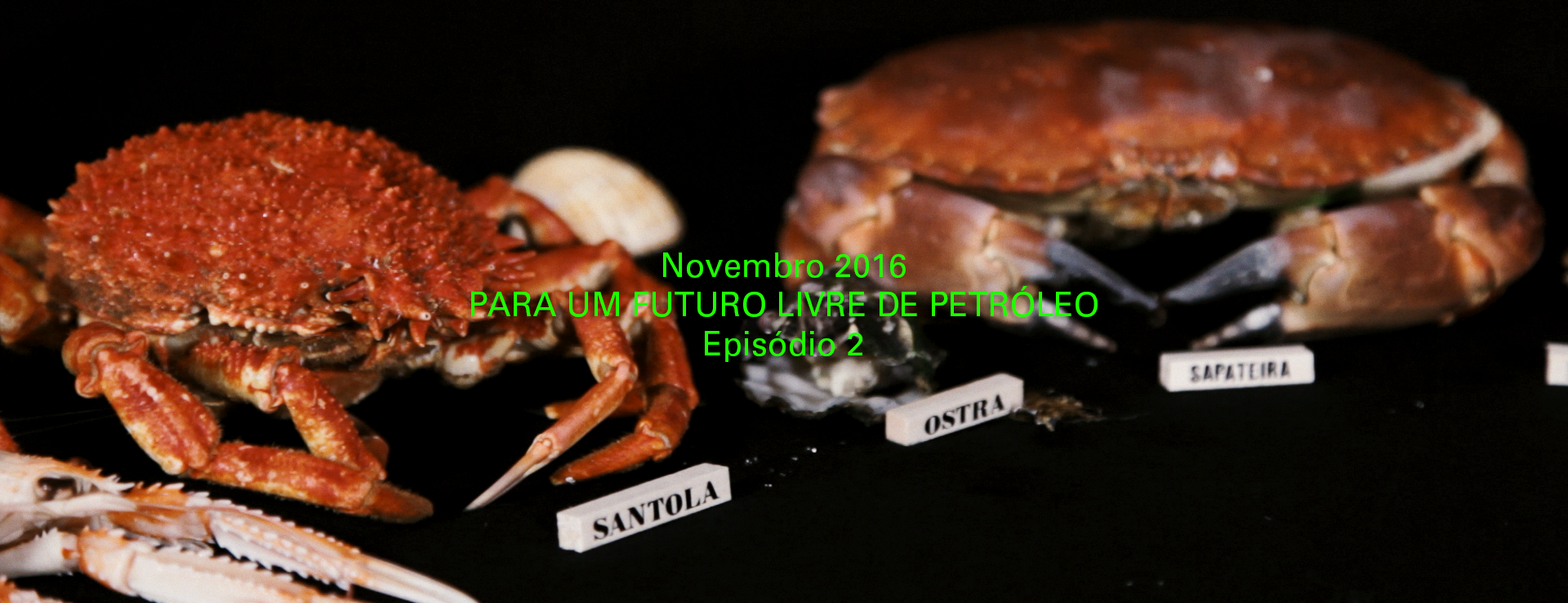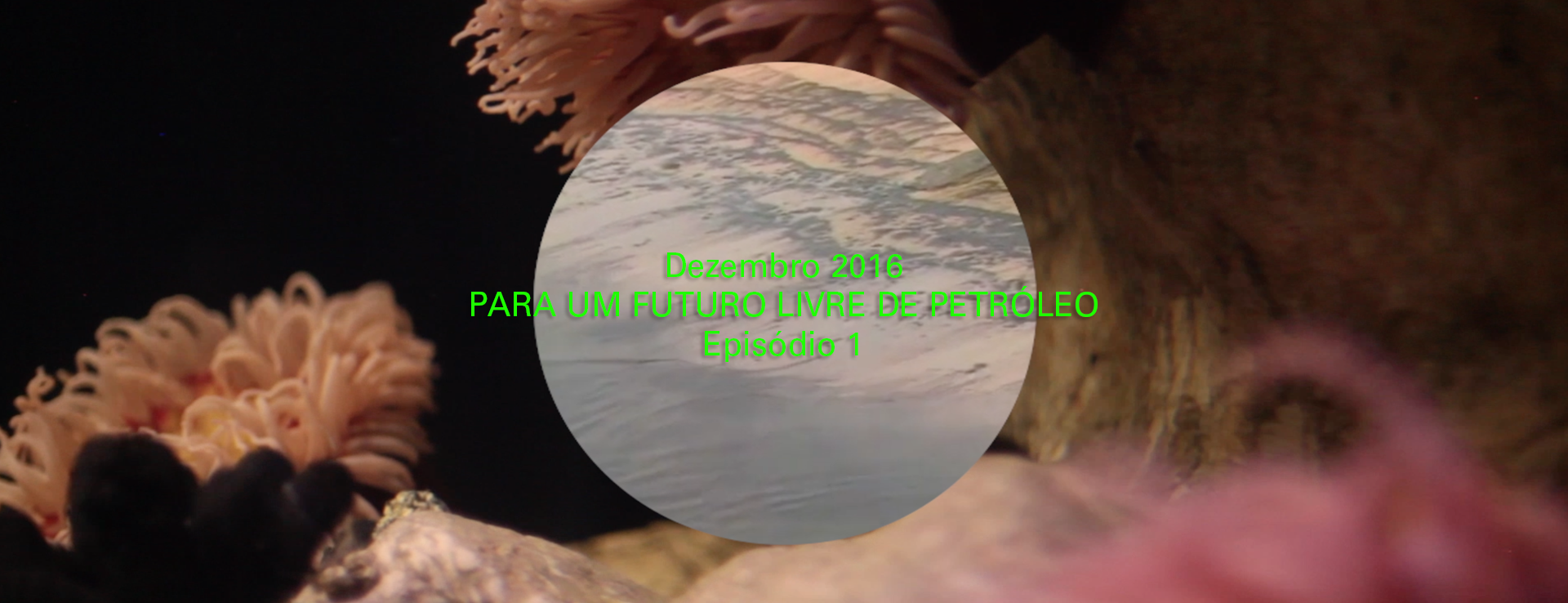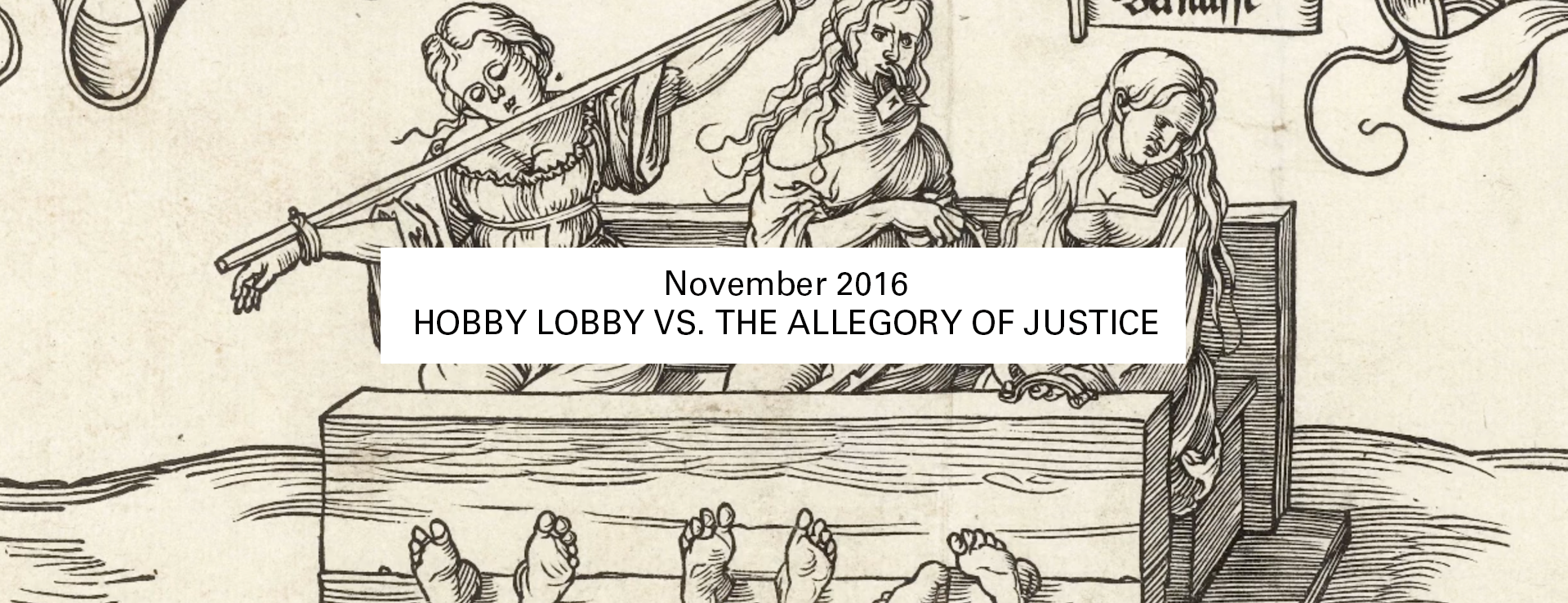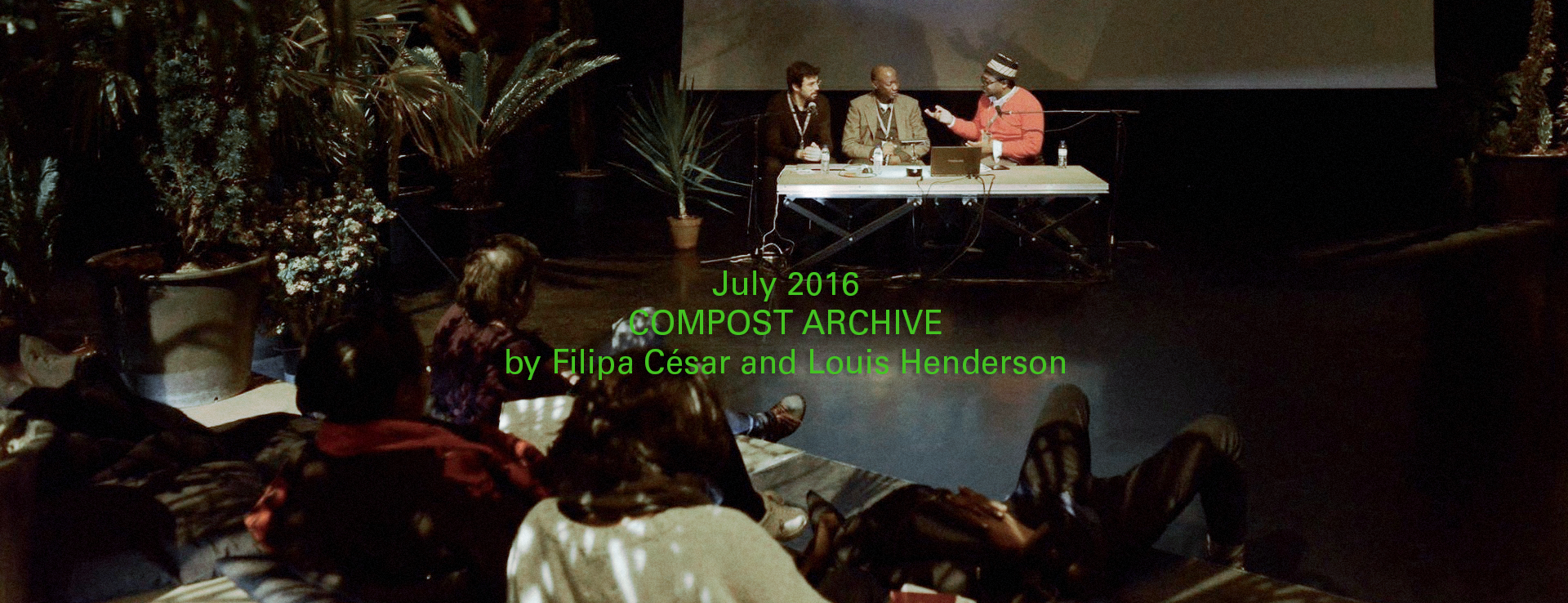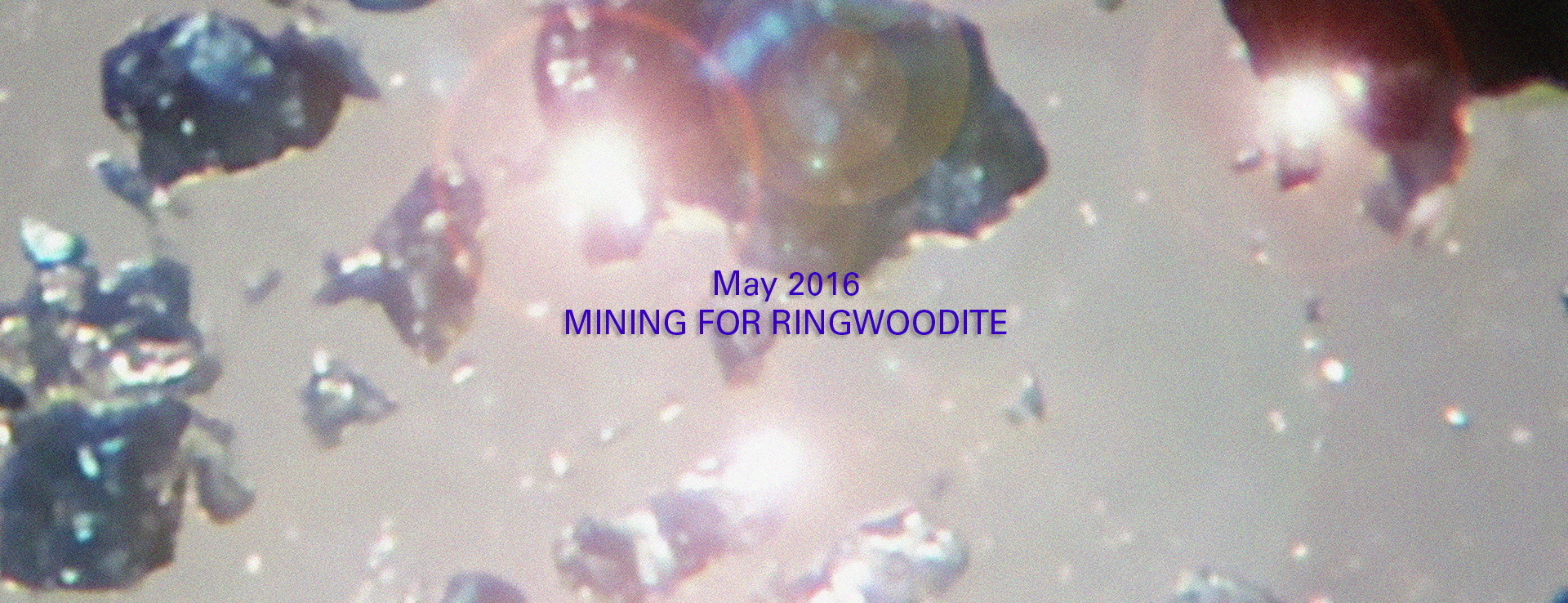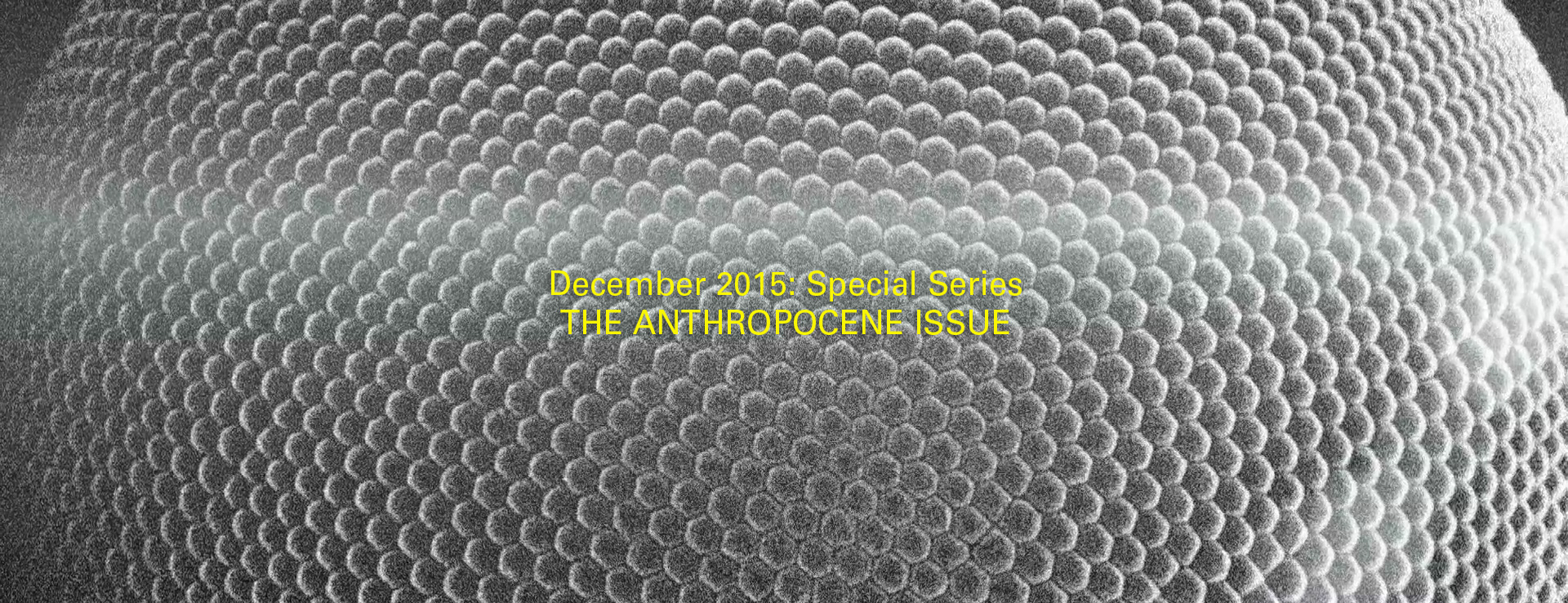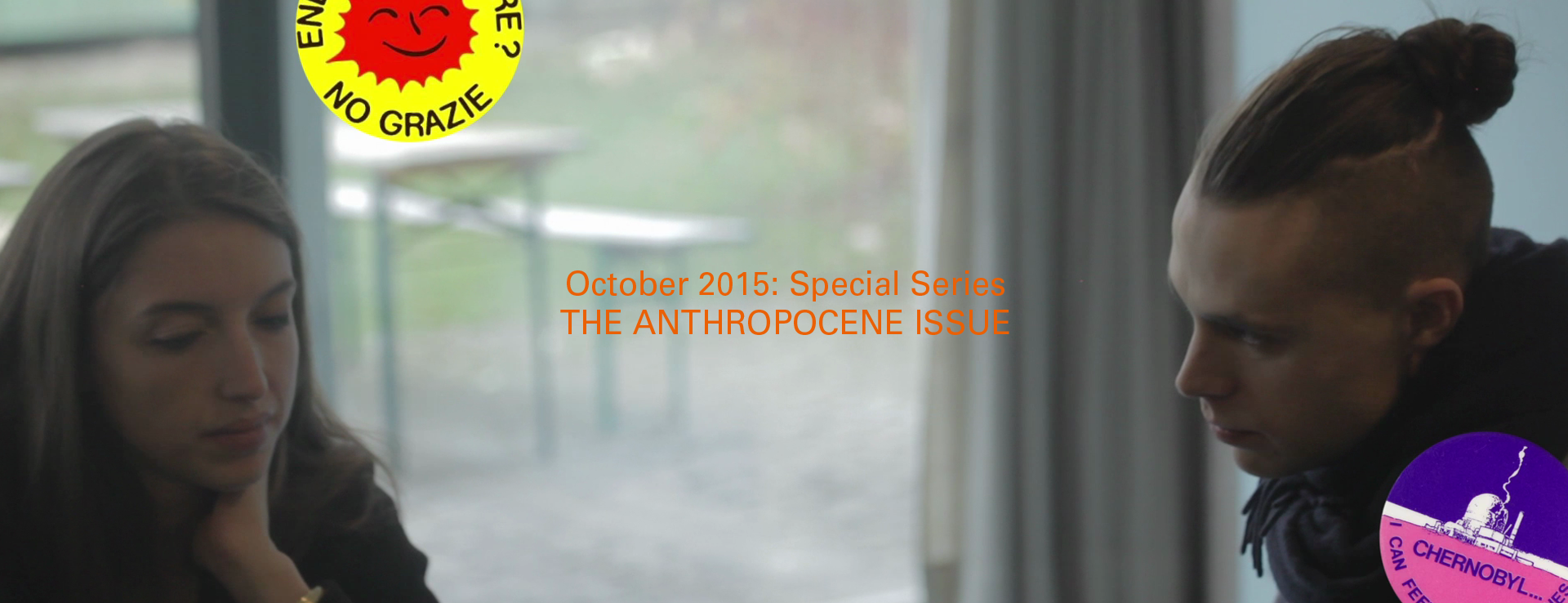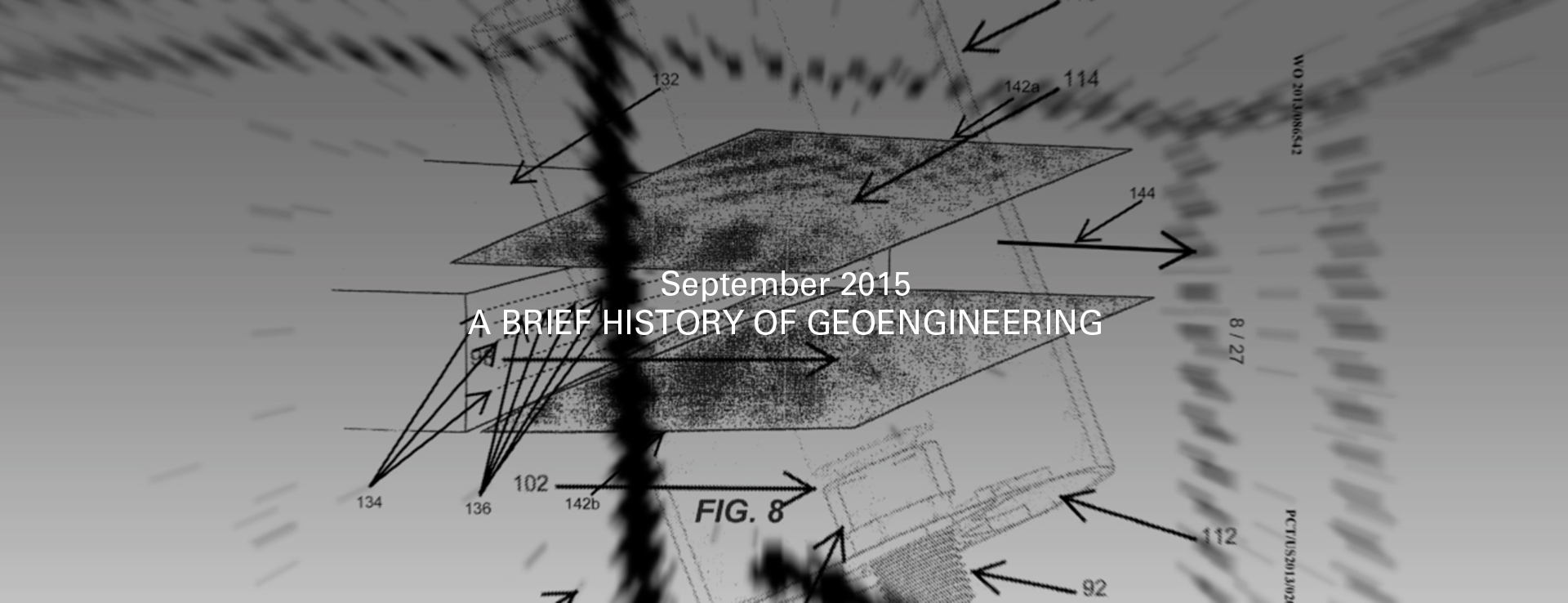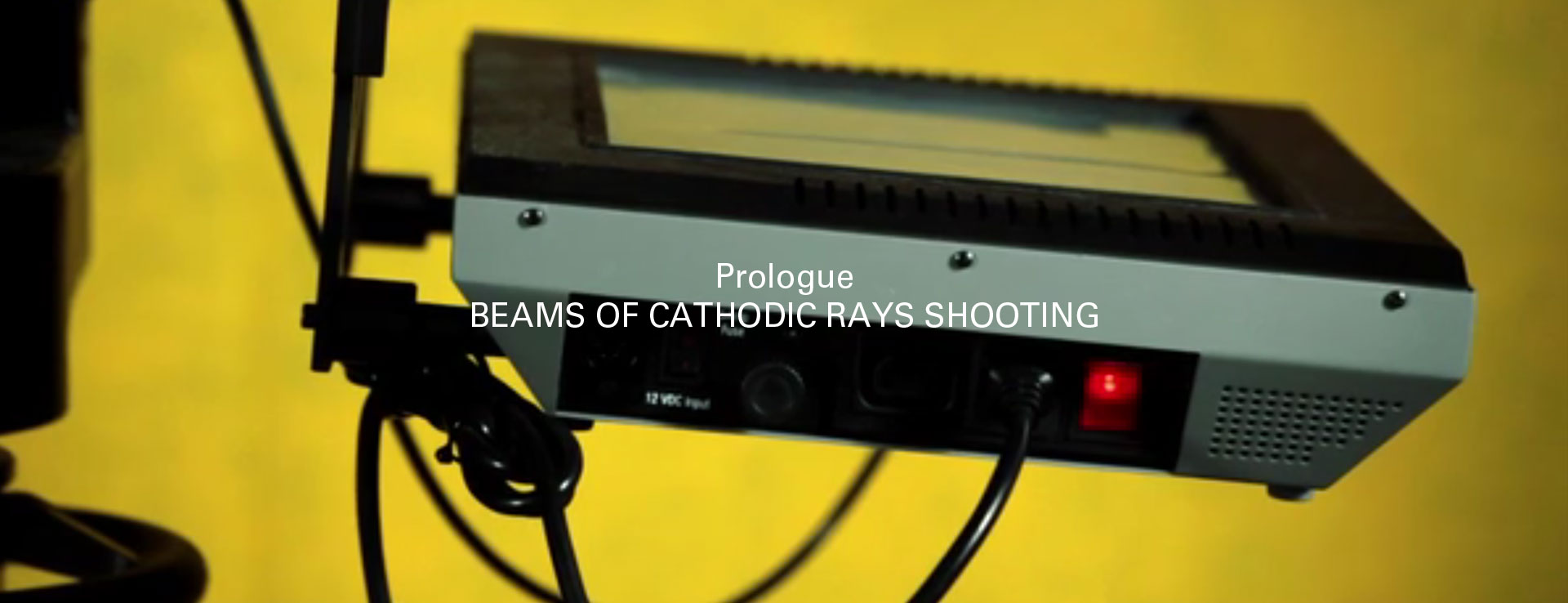inhabitants
An online channel for exploratory video and documentary reporting
December 2019
What is Deep Sea Mining?
Episode 4: A Deep Sea Mining Glossary
With Margarida Mendes
What is Deep Sea Mining?
Episode 4: A Deep Sea Mining Glossary
With Margarida Mendes
For the last two years we have been investigating deep sea mining, in an effort to both inform about and help to preempt this, for now hypothetical, industry. The jump from speculation to reality is, however, short. One could say that there is no deep sea mining industry. Rather, what is being pushed is a discourse, a language, and an imaginary (a speculation), creating the conditions for financial interests to establish this new economic frontier as unavoidable.
Throughout this period of investigation, talking to different sources and reading from articles and documents ranging from economics and mining to biology and geology, we stumbled upon certain, key words, terms, and concepts. Depending on who spoke them, however, their meaning shifted. They were polymorphic terms, open to the interpretation of different stakeholders of deep sea mining or its opponents.
This episode is a tentative and brief glossary of terms invoked in debates around deep sea mining. We wrote them based on interviews with various of our sources, as well as official industry media, legal definitions and dictionary entries. We hope they reveal something about how deep sea mining is a contested, polyphonic site, with the future of the seabed and its ecologies up for grabs.
What is Deep Sea Mining? is a five episode web series dedicated to the topic of deep sea mining, a new frontier of resource extraction at the bottom of the ocean, set to begin in the next few years. Deep sea mining will occur mainly in areas rich in polymetallic nodules, in seamounts, and in hydrothermal vents. Mining companies are already leasing areas in national and international waters in order to extract minerals and metals such as manganese, cobalt, gold, copper, iron, and other rare earth elements from the seabed. Main sites targeted for future exploration are the Mid-Atlantic Ridge and the Clarion Clipperton Zone (Pacific Ocean) in international waters, as well as the islands of Papua New Guinea, Fiji, Tonga, New Zealand, Japan, and the Portuguese Azores archipelago. Yet, potential impacts on deep sea ecosystems are yet to be assessed by the scientific community, and local communities are not being consulted.
The prospects of this new, experimental form of mining are re-actualizing a colonial, frontier mentality and redefining extractivist economies for the twenty-first century. This web series addresses different issues related to this process, from ocean governance by international bodies to knowledge of the deep, following the lines proposed by the United Nations for a shift towards a "blue economy," but also efforts to defend sustained ocean literacy about the deep ocean, when its species and resources remain largely unmapped and unstudied.
What is Deep Sea Mining? is developed in collaboration with Margarida Mendes, curator and activist from Lisbon, Portugal, and founding member of Oceano Livre environmental movement against deep sea mining. What is Deep Sea Mining? is a web series commissioned by TBA21–Academy.
For more information and links to NGOs, advocacy, and activist groups involved in deep sea mining please follow the extras below.
This episode is based on interviews with Matt Gianni, Ann Dom, Alexandre Monnin, Katherine Sammler, Torsten Thiele, and Sabine Christiansen; the website of Nautilus Minerals and DeepGreen; official webpages and documents from the United Nations; and the Merriam Webster dictionary.
Acknowledgements: Matt Gianni, Ann Dom, Alexandre Monnin, Katherine Sammler, Anna Zalik, Julie Klinger, Thorsten Thiele, Sabine Christiansen, André Romão, Joël Vacheron, and everyone who helped this web series. Special thanks to: Markus Reymann, Stefanie Hessler, and Filipa Ramos.

Throughout this period of investigation, talking to different sources and reading from articles and documents ranging from economics and mining to biology and geology, we stumbled upon certain, key words, terms, and concepts. Depending on who spoke them, however, their meaning shifted. They were polymorphic terms, open to the interpretation of different stakeholders of deep sea mining or its opponents.
This episode is a tentative and brief glossary of terms invoked in debates around deep sea mining. We wrote them based on interviews with various of our sources, as well as official industry media, legal definitions and dictionary entries. We hope they reveal something about how deep sea mining is a contested, polyphonic site, with the future of the seabed and its ecologies up for grabs.
What is Deep Sea Mining? is a five episode web series dedicated to the topic of deep sea mining, a new frontier of resource extraction at the bottom of the ocean, set to begin in the next few years. Deep sea mining will occur mainly in areas rich in polymetallic nodules, in seamounts, and in hydrothermal vents. Mining companies are already leasing areas in national and international waters in order to extract minerals and metals such as manganese, cobalt, gold, copper, iron, and other rare earth elements from the seabed. Main sites targeted for future exploration are the Mid-Atlantic Ridge and the Clarion Clipperton Zone (Pacific Ocean) in international waters, as well as the islands of Papua New Guinea, Fiji, Tonga, New Zealand, Japan, and the Portuguese Azores archipelago. Yet, potential impacts on deep sea ecosystems are yet to be assessed by the scientific community, and local communities are not being consulted.
The prospects of this new, experimental form of mining are re-actualizing a colonial, frontier mentality and redefining extractivist economies for the twenty-first century. This web series addresses different issues related to this process, from ocean governance by international bodies to knowledge of the deep, following the lines proposed by the United Nations for a shift towards a "blue economy," but also efforts to defend sustained ocean literacy about the deep ocean, when its species and resources remain largely unmapped and unstudied.
What is Deep Sea Mining? is developed in collaboration with Margarida Mendes, curator and activist from Lisbon, Portugal, and founding member of Oceano Livre environmental movement against deep sea mining. What is Deep Sea Mining? is a web series commissioned by TBA21–Academy.
For more information and links to NGOs, advocacy, and activist groups involved in deep sea mining please follow the extras below.
This episode is based on interviews with Matt Gianni, Ann Dom, Alexandre Monnin, Katherine Sammler, Torsten Thiele, and Sabine Christiansen; the website of Nautilus Minerals and DeepGreen; official webpages and documents from the United Nations; and the Merriam Webster dictionary.
Acknowledgements: Matt Gianni, Ann Dom, Alexandre Monnin, Katherine Sammler, Anna Zalik, Julie Klinger, Thorsten Thiele, Sabine Christiansen, André Romão, Joël Vacheron, and everyone who helped this web series. Special thanks to: Markus Reymann, Stefanie Hessler, and Filipa Ramos.

Extras:
"The Environmental Costs of deep Sea Mining" article by Matt Gianni and Duncan Currie on China Dialogue Ocean
"The Environmental Costs of deep Sea Mining" article by Matt Gianni and Duncan Currie on China Dialogue Ocean
Extras:
"Why the rush? Seabed Mining in the Pacific Ocean" comprehensive document by Deep Sea Mining Campaign, London Mining Network, and Mining Watch Canada
"Why the rush? Seabed Mining in the Pacific Ocean" comprehensive document by Deep Sea Mining Campaign, London Mining Network, and Mining Watch Canada
Extras:
UNEP document on the state of mineral recycling globally
UNEP document on the state of mineral recycling globally
Extras:
"Responsible Minerals Sourcing for Mineral Energy" document by Institute for Sustainable Futures
"Responsible Minerals Sourcing for Mineral Energy" document by Institute for Sustainable Futures
Extras:
International Seabed Authority's info on the Mining Code currently being drafted
International Seabed Authority's info on the Mining Code currently being drafted
Extras:
Document by Gulbenkian Oceans Initiative on Blue Natural Capital
Document by Gulbenkian Oceans Initiative on Blue Natural Capital
Extras:
"Against Wasted Politics: A Critique of the Circular Economy" article by Francisco Valenzuela and Steffen Böhm on Ephemera Journal
"Against Wasted Politics: A Critique of the Circular Economy" article by Francisco Valenzuela and Steffen Böhm on Ephemera Journal
Extras:
"Orestreams" a project on e-waste by Studio Forma Fantasma
"Orestreams" a project on e-waste by Studio Forma Fantasma
Extras:
Visit Deep Sea Mining Watch for interactive maps of future mining sites and concessions
Visit Deep Sea Mining Watch for interactive maps of future mining sites and concessions
Extras:
Deep Sea Mining Campaign article on urban mining and mineral recycling
Deep Sea Mining Campaign article on urban mining and mineral recycling
Other Episodes:



